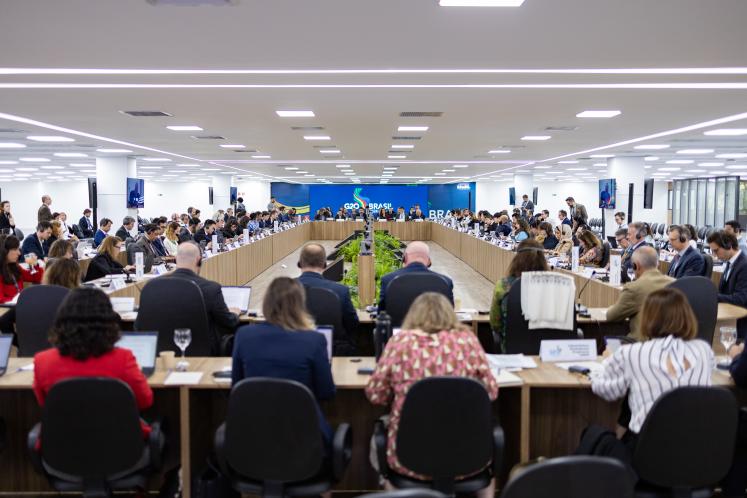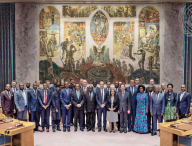In response to the economic fallout from the COVID-19 pandemic, the Group of 20’s Common Framework for Debt Treatments beyond the Debt Service Suspension Initiative (DSSI), otherwise known as the Common Framework, sought to provide a coordinated approach to sovereign debt treatments for the world’s poorest countries. Since its launch in November 2020, however, only four countries have sought debt treatment under the Common Framework (Chad, Ghana, Zambia and Ethiopia) and all have suffered delays.
The final outcome document of the 2024 Summit of the Future (the Pact for the Future) creates an opening to review and improve existing approaches to sovereign debt. Specifically, the Pact for the Future calls for relevant stakeholders to undertake a review of ways to improve the sovereign debt architecture via existing multilateral processes. To this end, this paper offers recommendations to improve the sovereign debt architecture ahead of upcoming multilateral processes, such as the Fourth International Conference on Financing for Development (FfD4) in 2025.
This paper advances three main arguments. First, the sovereign debt landscape has shifted considerably over three decades. Second, developing a shared understanding and methodology of what comparability of treatment (a key principle of the Common Framework) entails and how to enforce it should be pursued as a longer-term goal. Finally, alternative debt relief mechanisms alongside the Common Framework should be pursued to provide immediate debt relief and open up fiscal space for lower- and middle-income countries.
Access "Revisiting the sovereign debt architecture: The Common Framework and considerations for a swift debt relief mechanism" here.
Suggested citation: Harry Deng. Revisiting the sovereign debt architecture: The Common Framework and considerations for a swift debt relief mechanism : UNU-CPR, 2024.





